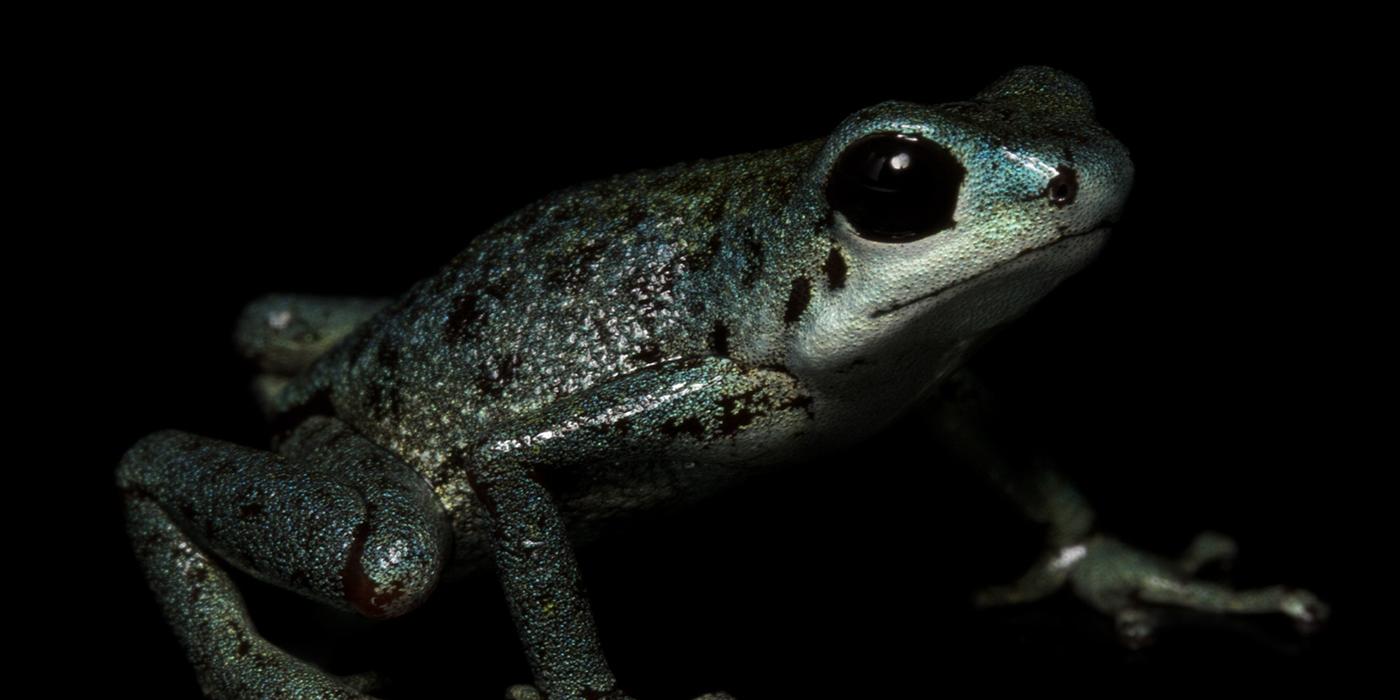Variable Harlequin Frogs Return to the Wild
The introduction of the amphibian chytrid fungus has decimated populations of the once abundant variable harlequin frogs. Through years of research and breeding, Smithsonian scientists have created a thriving colony in human care and released approx. 500 healthy frogs in Panama’s Colon province Jan. 17. Researchers are hopeful that they will provide insight into restoring variable harlequin frog populations to their former glory.
“Release trials may or may not succeed, but the lessons we learn will help us to understand the challenges faced by a frog as it transitions from captivity into the wild,” says Brian Gratwicke, Smithsonian Conservation Biology Institute scientist and international coordination of the Panama Amphibian Rescue and Conservation Project (PARC).
The parasitic chytrid fungus infects the skin of amphibians and has affected many frog species across the globe. Dramatic declines in variable harlequin frog populations began in the late 1980s, and they continue to trend downward. The variable harlequin frog is categorized at critically endangered by the International Union for Conservation of Nature, but breeding programs such as PARC are giving these frogs hope. Though chytrid fungus continues to threaten wild frog populations, scientists are optimistic that these releases will provide them with clues to ultimately create a self-sustaining population in the wild.
Learn more about the frog release in National Geographic.




